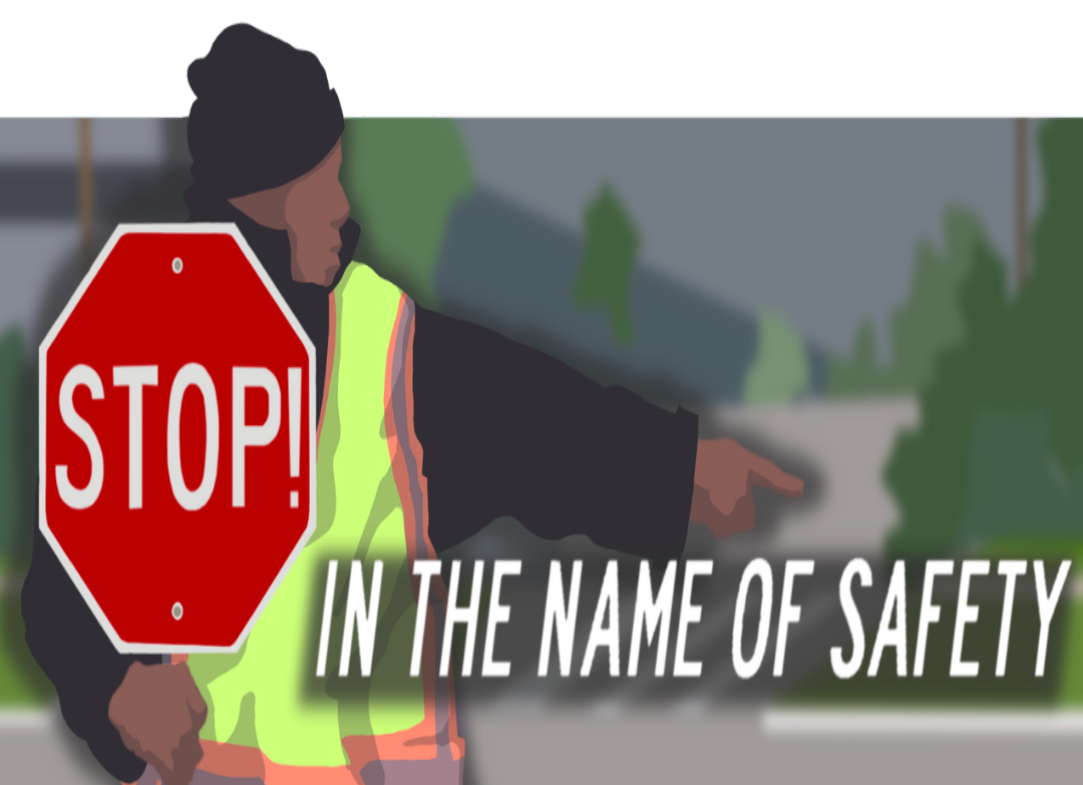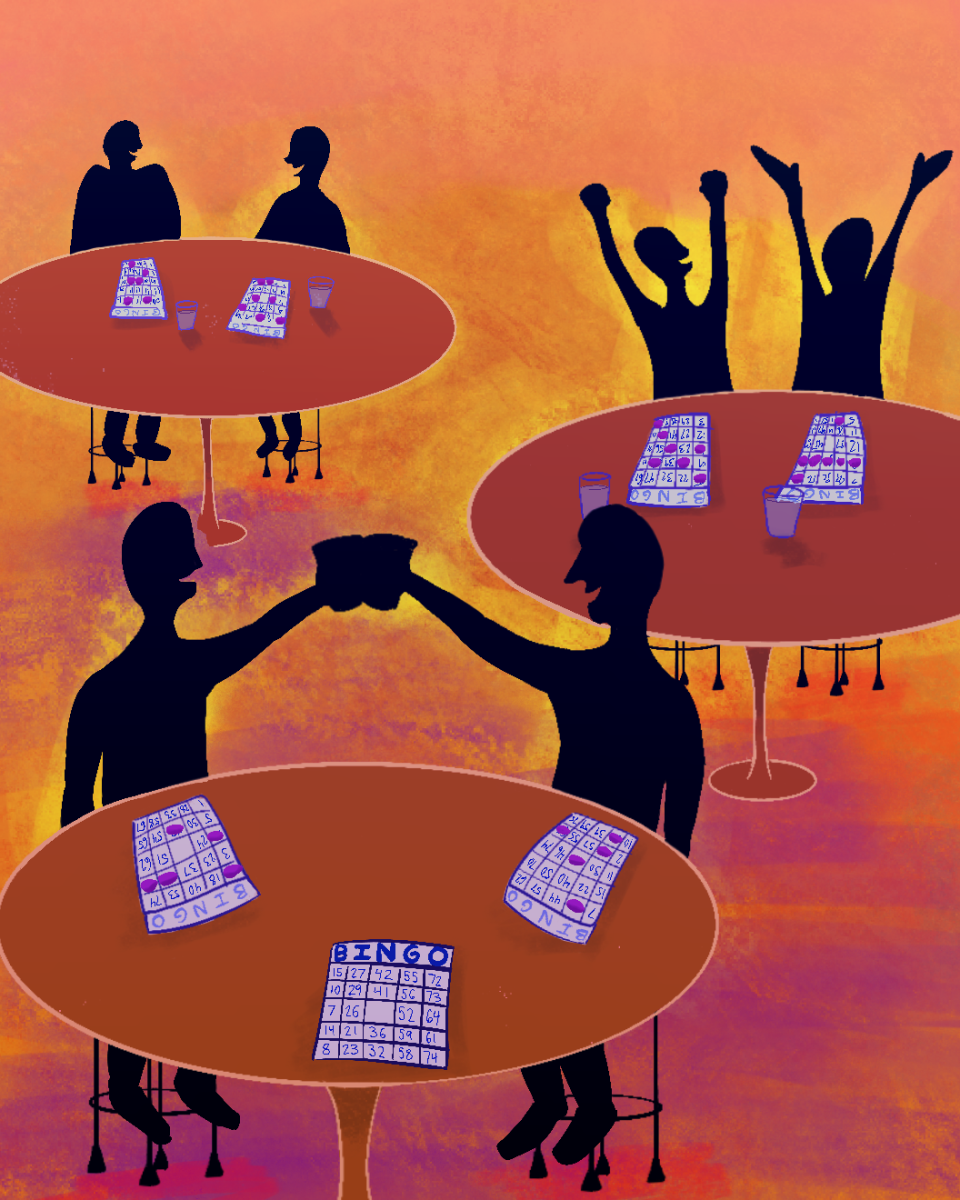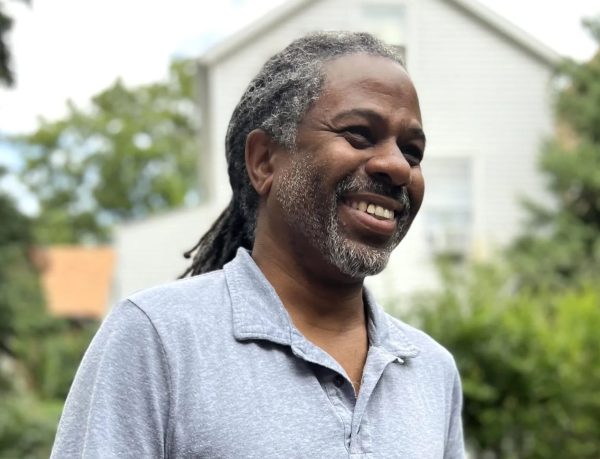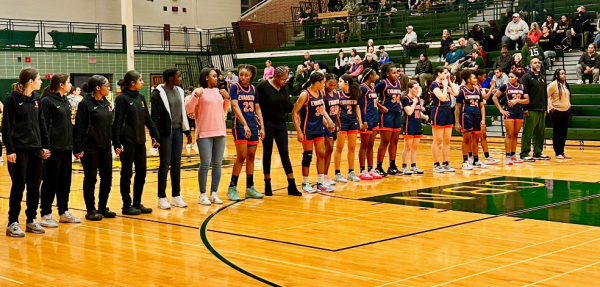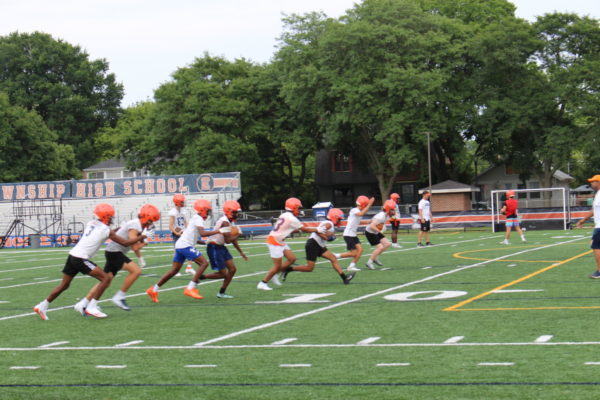Fight for equality or fight for white supremacy?
October 5, 2018
Past the crowds of pink pussy hats and protest signs with bedazzled uteruses on them, there’s something malevolent hanging in the air. If you look closely, it’s there. It’s everywhere. It’s white feminism.
In the past decade or so, the term ‘white feminism’ has dominated discussions regarding the implications of feminism. As the centennial of the ratification of the 19th amendment approaches, I can’t help but wonder if anyone in our culture of political correctness will acknowledge the white supremacist rhetoric that was so often used by white, well-to-do suffragettes in order to get what they wanted.
From Susan B. Anthony to Evanston’s own Frances Willard, the privleged suffragettes were linked by two main ideas: a belief in women’s right to vote and an equal fury that “degraded black men” were allowed to. Still, we remember these women as feminist heroes who fought for the women’s rights, so the odds of any acknowlegement of this racist past are slim.
Admittedly, white feminism may not seem sinister or dangerous, but it’s really when you pull back the layers of cries for better maternity leave policy and Girls fanaticism that the real ugliness of white feminism rises to the top. That ugliness takes the form of the desperation of white feminists to find a sense of security in the world through cementing their own supremacy and privilege over others.
White feminism is the opposite of intersectional feminism, or the idea that all women regardless of their class, race, sexuality, gender identity, age, disability, and body type, need to supported equitably. White feminism, on the other hand, supports the notion of “one size fits all feminism”, an idea that often results in the privileging of some women over others. In the end, white feminism turns out to be self-serving, ignorant of issues that doesn’t affect it, exclusive, and emotionally manipulative towards feminists of color.
An effective practice of feminism should acknowledge the intersections of identity that many women face. This does not always happen, however. Certain issues are often iced out of the conversation when they don’t fit the traditional idea of “feminist issues”, and thus never acknowleged again. While pay equality and maternity leave policy are widely accepted as a feminist issues, other issues like race-related police brutality or violence against trans women. Again, this idea of a “one size fits all” idea of feminism does not serve the good of all women because all women face different struggles based in their own intersections of feminism.
An extension of the use of white privilege is evident in the language white feminists use to oppress feminists of color. Telling someone to “calm down” when they are speaking on something they’re passionate about is not okay. The inability for white feminists to allow themselves to listen to the problems of feminists of color or to feel uncomfortable is another layer in the white feminists fight to protect privilege.
White feminism feeds off of white supremacy and its mission to maintain white privilege. To be clear, white feminism does not apply to all white people who identify as feminists; it only applies to those certain individuals who take pride in their own privilege and supremacy. Evaluating one’s own privilege as it relates to feminism is an important step in preventing the practice of white feminism.
The problems that arise when dismantling white feminism are the very same ones that appear when trying to dismantle white supremacy. This country, along with the rest of the world, has a foundation that is rooted in white supremacy, and it will take nothing less than a complete remodel of what we know feminism to be today to fox this.
Preaching about sisterhood is nothing compared to actually doing something to achieve it. We must fight for our sisters of color, disabled sisters, sisters of the LGBTQIA+ community including trans sisters, sisters of different religions, sisters of low income, or any of our sisters for that matter.





